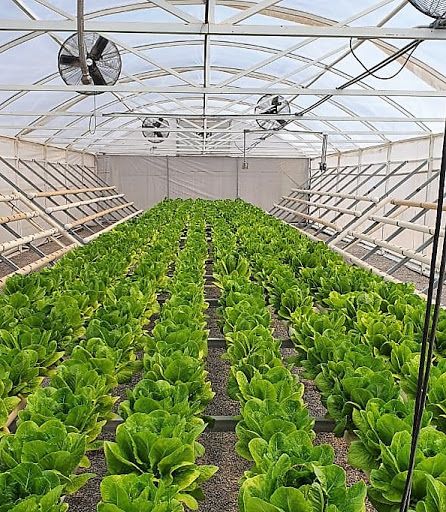The Tax Administration Service (SAT), the National Service for Health, Safety and Agro-Food Quality (Senasica) and the US Customs and Border Protection Office (CBP) achieved, as part of a pilot program of joint inspection, reduce on average 3.5 hours the time it takes for shipments to cross the border.
Initially, the program was launched at customs in Colombia, Nuevo León, on January 11, 2019.
Mexico’s agricultural sector is large, diversified, and highly integrated with the United States, making it the best industrial sector for US companies operating in the Mexican market.
According to the Mexican Ministry of Agriculture, Mexican producers exported to the United States, in 2019, more than 36,000 tons of agricultural and livestock products through the Joint Inspection Pilot Program launched by the Mexican and US health authorities in order to to streamline the commercial exchange of agri-food products.
The SAT and the Sader
85% of exports correspond to food of plant origin, for which, the Ministry of Agriculture and Rural Development (Sader) issued 2,432 international phytosanitary certificates, which protected the export of 30,372 tons of agricultural goods, during 2019, under this modality .
Unit of the SAT, the General Administration of Customs (AGA) is the entity in charge among other things of facilitating and controlling the entry and exit of merchandise from the Mexican territory, as well as collecting tariffs and other trade rights.
The highest volume of products was salads, with 19,633 tons; followed by broccoli, 6,906; col, 1,508; lettuce, 927, and green leaf, 632 tons, among others, Senasica reported.
Products of animal origin were integrated into the program – during the period from May 14, 2019 to December 31 -, and Mexican producers exported 5,639 tons of meat, protected by 300 animal health export certificates.
During this period, 2,568 tons of boneless fresh meat, 2,384 of fresh bone-in beef, 392 of fresh beef, 127 of frozen oxtail, and 86 tons of frozen beef were crossed through Colombian customs. bone.
Advantage
The program consists of transports that have the US security certification of the Association of Customs and Trade against Terrorism (C-TPAT, for its acronym in English) cross Mexican customs without the need for inspection, through a special lane called “Fast”, which allows the time to cross the border to decrease by an average of 3.5 hours.
In the normal procedure, vehicles that intend to leave Mexico go through a security system called Fiscal Semaphore, which determines whether or not the unit is a reason for customs inspection.
With the Joint Inspection Program, the cargo goes directly to the US customs, where it is inspected by CBP, SAT and Senasica personnel, in order to verify that it complies with the official regulations of the two countries and verify that there are no sanitary risks.

